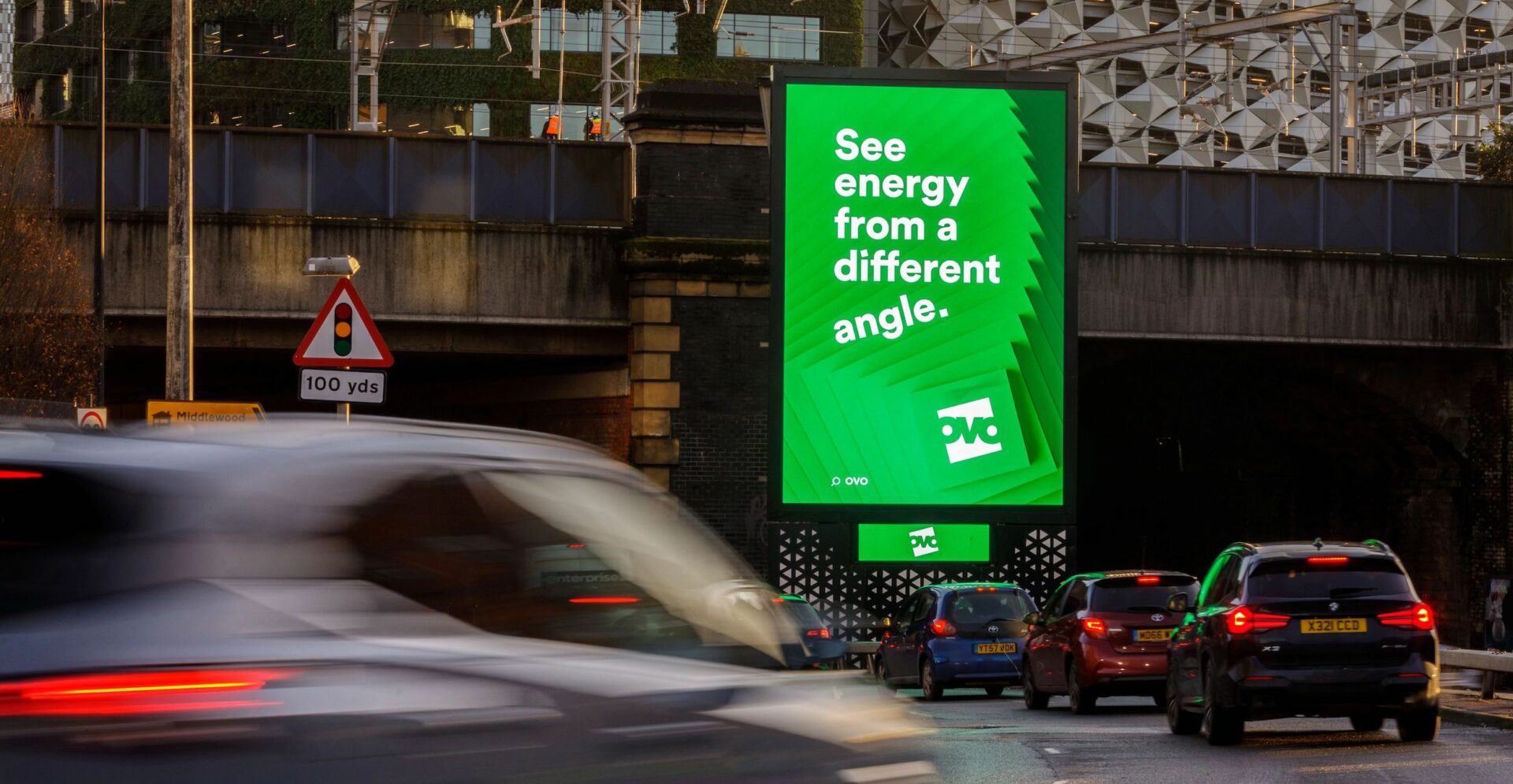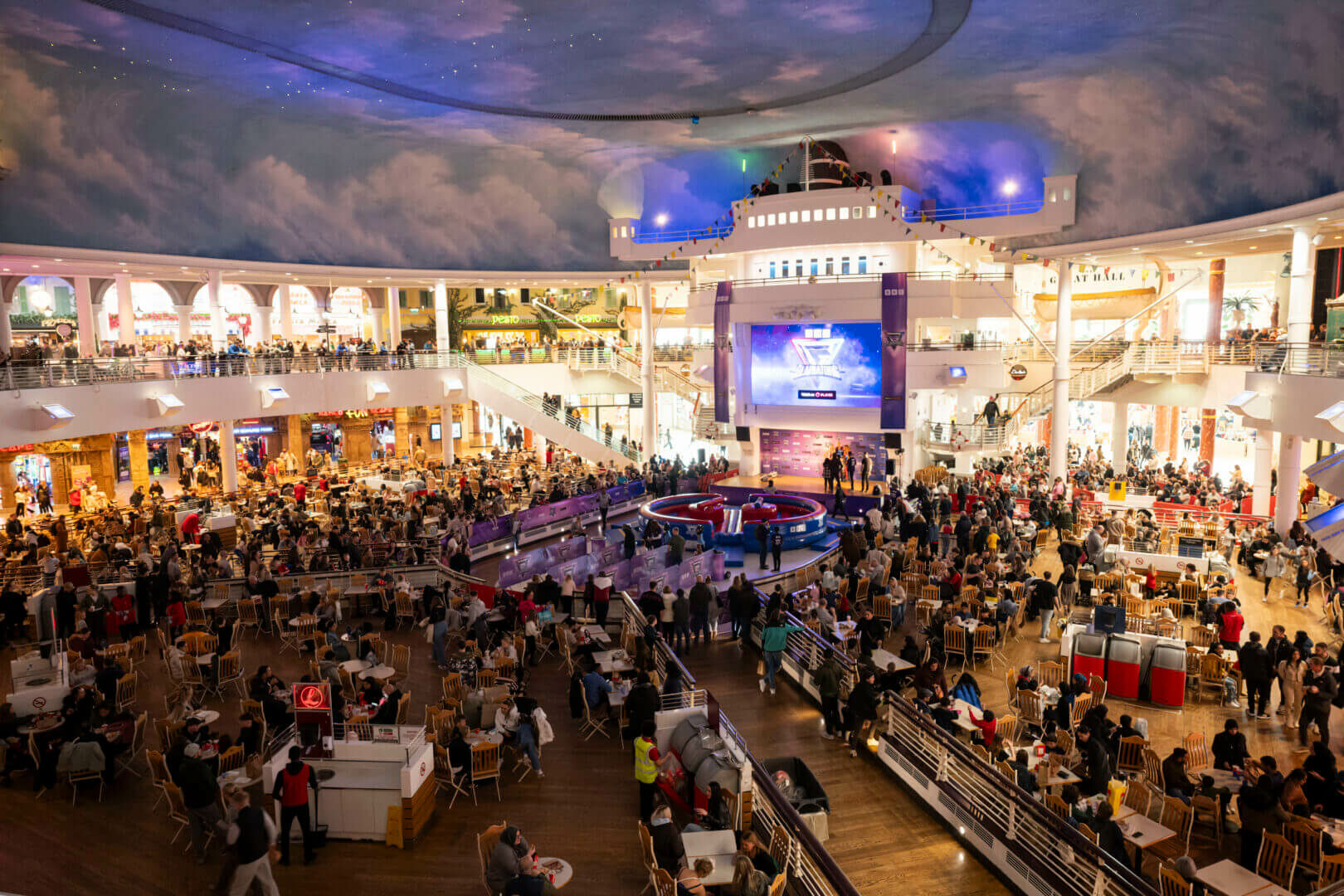2022 Outlook | Key Trends in OOH
Consumer behaviour has changed beyond anything we ever anticipated over the last 20 months. We have adapted so many elements of our day to day living. From hybrid working models to how we shop and consume products, notwithstanding a healthy living trend adapted by many! Throughout the pandemic, we have continuously tracked consumer behaviour from several vantage points and one clear finding has emerged from our vast amount of data; OOH audiences have been omnipresent. Let’s put some data behind this.
Mobility levels are back to pre-pandemic levels
If we look closely at Locomizer mobility data, it is obvious that in the first 6 months of the pandemic mobility hit an all-time low. Driven by fear, most of us stayed at home apart from a daily walk. As restrictions eased, this changed, and people began to come out of the woodwork.
Fast forward to January 2021, when we entered into a similar level of lockdown as March 2020, but mobility figures are not reflective of the behaviour we uncovered during the 1st phase. Obviously, mobility declined but didn’t reflect the same trends as of March 2020 and beyond. Consumers were mobilised, and the volume of shorter journeys taken by car and on foot reflect this. Local audiences became such an important part of Out of Home planning, allowing brands an opportunity to capitalise on reach and frequency to a lesser extent.
The only “restriction” per se was that non-essential retail was closed. Figures show that once this restriction was lifted, mobility grew at a fast pace and continued until the present day, in fact, faster than the first lockdown. The end of April in Northern Ireland and early May in RoI saw an almost 40% increase in mobility, with almost 1 million pedestrian journeys recorded in Dublin city centre on one day alone (Source: Dublintown).
Mobility to the main cities increased too. Coupled with a large proportion of people returning to their physical places of work, consumers have returned to the main cities to socialise and shop too.
Emerging trends in consumer behaviour and how brands can use OOH to engage with consumers
Changing lifestyles have impacted our shopping habits. We have fast become a nation of health-conscious consumers, with almost half buying fresh food regularly, 26% making healthier food choices and 30% consuming less alcohol. 57% of us claim to take regular exercise while 88% walk more often than before the pandemic. This is a trend that is sure to continue with the emergence of so many new health and wellness brands. It’s a real opportunity for brands to use the power of Out of Home to launch a new product or generate awareness for an existing brand. The use of multi-format classic and digital out of home ensures impact and stand out for any brand.
Our grocery shopping habits have changed somewhat too. Overall, we are doing more grocery shopping which is because of hospitality closing for long periods, but we are more frequent shoppers; 36% of us are shopping 2-3 times per week, ensuring that strategically placed OOH ads in the retail environment are seen many times.
In line with changes to grocery shopping habits, one of the key standouts from the research is the desire and need by consumers for physical bricks and mortar stores and to have that physical shopping experience. Never has going to a store meant so much to consumers. Our research showed a decline in online shopping for Christmas gifts this year, with almost 40% of respondents agreeing that they will be visiting both shopping centres and high street stores. Again, an opportunity for advertisers to target consumers on their journey using clever creative across a mix of multi-format Out of Home.
Research results also point to the fact that spending power is stronger than ever. A large proportion of our sample claimed to have saved more than ever, but they plan on spending it on big-ticket items in the near future.
So what do we expect for 2022?
In our opinion, the shopper experience will only become stronger. Consumers will continue to visit shopping centres and high street stores in their droves, creating so many opportunities for advertisers using our medium.
The same applies to grocery shopping. While we will be more planned and consistent grocery shoppers, we will most likely shop as frequently as we did previously if not more often if our good habits as a nation of health-conscious consumers continue!
Spending power and new habits created will lend to brands looking to become part of a consumers brand repertoire. Consumers are more attuned to shopping more often, buying premium products and treating themselves will become the norm and part of the weekly grocery shop.




